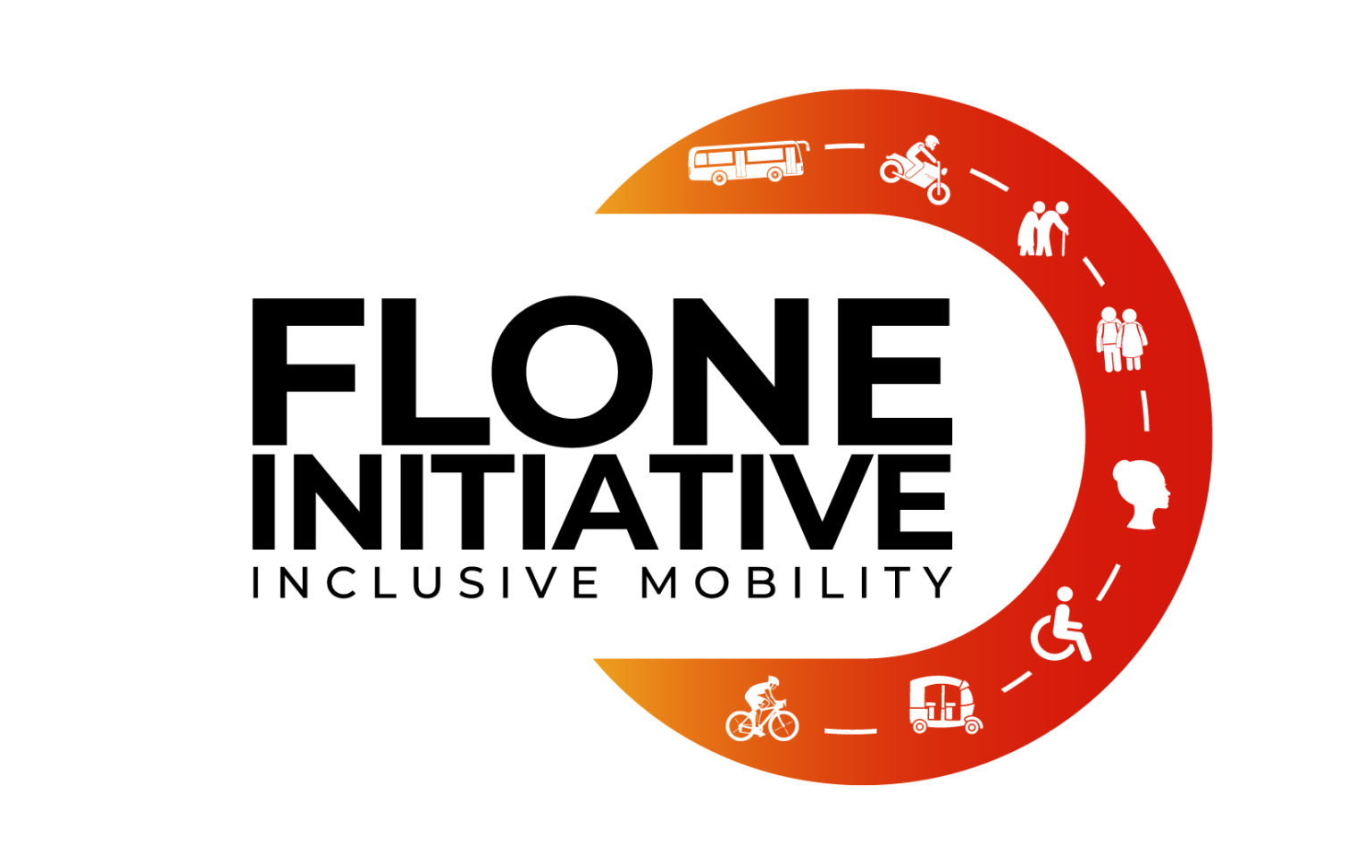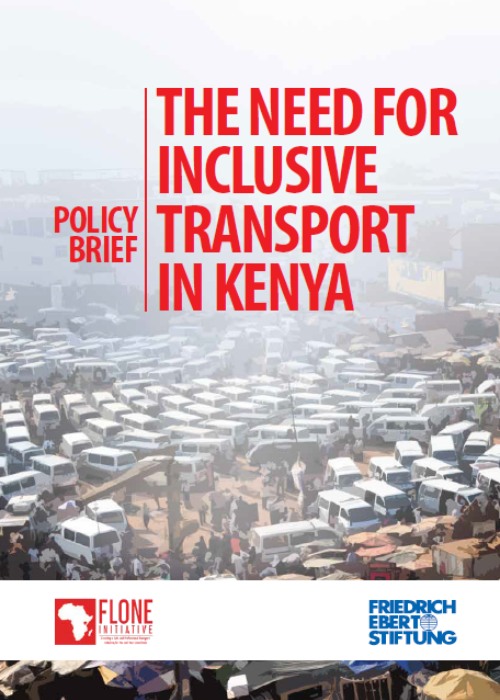Accessibility to road transport is a fundamental human right that has often been overlooked, especially concerning persons with disabilities. Article 9 of the Convention on the Rights of Persons with Disabilities (CRPD) mandates State Parties to implement measures ensuring equal transportation access for persons with disabilities. The CRPD necessitates identifying and removing barriers hindering accessibility to buildings, roads, transportation, and other facilities, both indoors and outdoors. The 2010 Constitution of Kenya explicitly guarantees accommodation and non-discrimination in providing rights to Kenyan citizens. Chapter four, the Bill of Rights, prohibits discrimination based on any grounds, including age and disability. Moreover, Article 54 (1) (c) stipulates that individuals with disabilities are entitled to reasonable access to all public places, transport, and information. The Persons with Disabilities Act of 2003 acknowledges the right of persons with disabilities to a barrier-free environment, including access to buildings, roads, social amenities, and assistive devices to enhance mobility.
Persons with disabilities constitute a significant portion of the global population, according to the World Health Organization (WHO) 2011 report, comprising 15%. They often face lower educational attainment, reduced economic participation, and higher poverty rates compared to those without disabilities, partly due to existing barriers in accessing services such as transportation and information. Globally, an estimated one billion people have some form of disability, as indicated in the WHO’s 2011 World Report on Disability. In Kenya, the 2019 census reported that 2.2% of the population (approximately 0.9 million people) have some form of disability. In the Nairobi Metropolitan Region, comprising Nairobi City, Machakos, Kiambu, and Kajiado counties, persons with disabilities represent around 0.4% of the population, with physical challenges being the most prevalent (0.7%), followed by visual impairments (0.65%). Many of these individuals frequently utilize public transport services in Nairobi City, emphasizing the necessity for accessible public transportation planning.
Public transport in Kenya, particularly in Nairobi, is primarily served by informal paratransit vehicles, commonly known as matatus, and low-capacity buses. To address the diverse transportation needs of the urban population, the Kenyan government has allowed private transport providers to operate in the sector. Recent reforms aim to introduce higher capacity buses and establish a Bus Rapid Transport system, enhancing the transportation infrastructure. Legal Notice 219 of 2013 issued by the Kenyan government sought to regulate the public transport sector and mitigate criminal activities, especially targeting vulnerable populations such as the elderly and persons with disabilities. However, it remains uncertain whether these efforts have effectively improved the accessibility of transport services for senior citizens and persons with disabilities.

